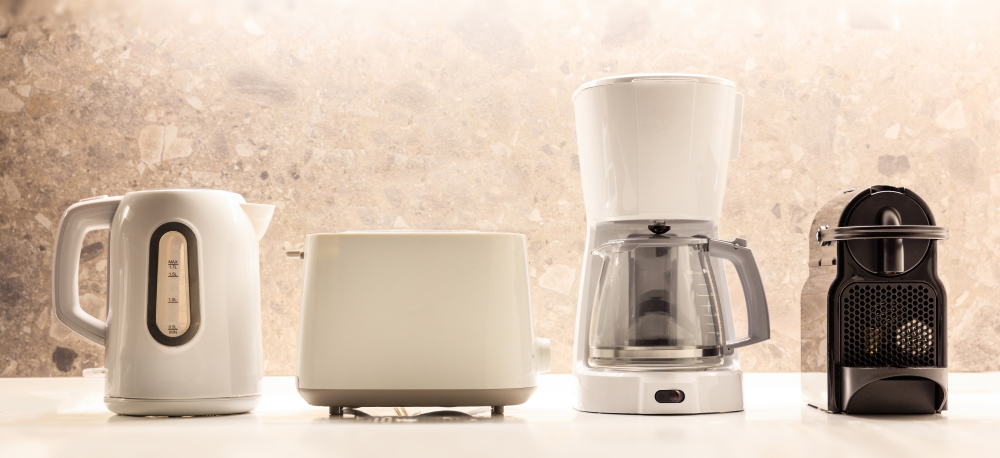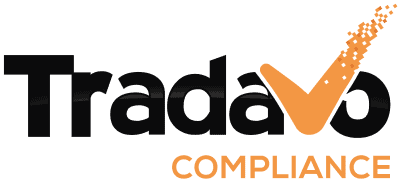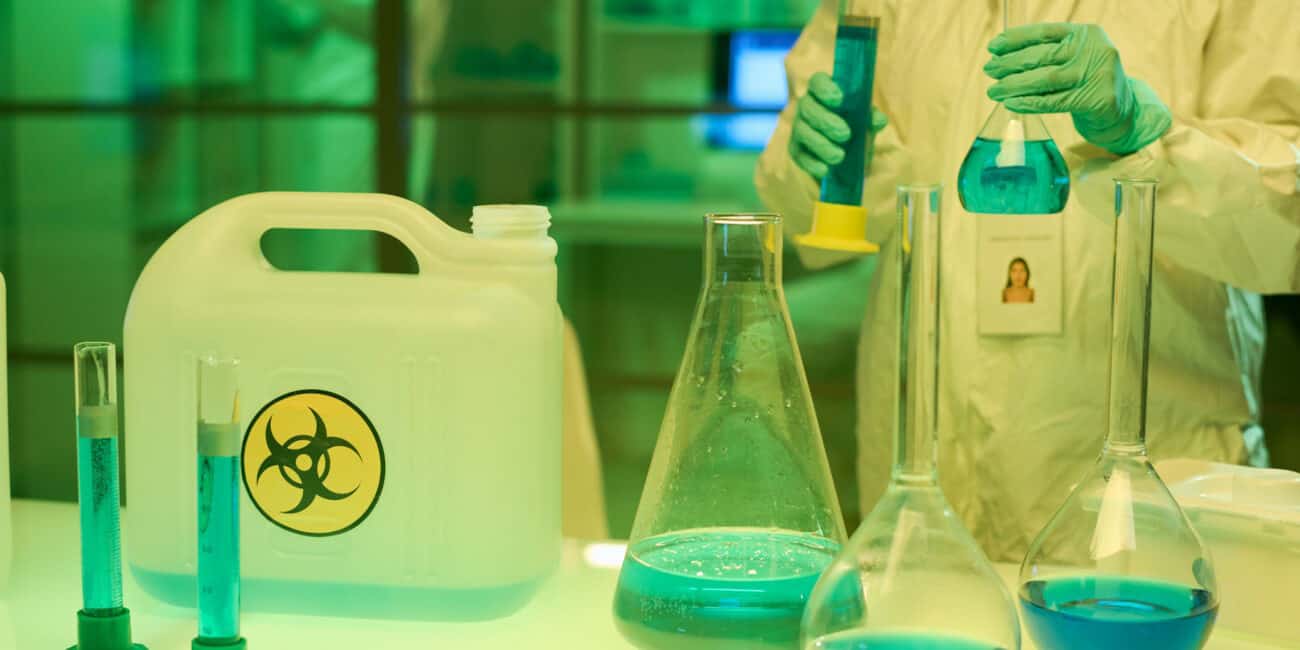E-commerce and electrical equipment
In our last blog post, we took a look at the regulations in the field of electrical equipment for e-commerce sellers. We looked at the Waste Electrical and Electronic Equipment (WEEE) Directive, the Battery Directive, and the crossed-out wheeled bin symbol. This blog post deals with the topic of electrical equipment in more detail.
The field of electrical equipment is rather complicated, which is why we would like to give you an overview of the various standards, laws and regulations that are relevant in regard to the sale of electrical equipment. Please note: The following aspects are valid at present, but they can change at any time! This post cannot provide a complete overview of the topic of electrical equipment because this is simply too wide a field. We will, however, list the regulations, standards, laws and labelings that are most important for you as a seller of electrical equipment.
Specific statutory requirements for electrical equipment
As mentioned above, the statutory requirements mentioned here are, of course, not the only ones. For example, the REACH Regulation also applies for parts of electrical equipment. In this post, however, we will only discuss the requirements that apply specifically for electrical equipment only.
Electromagnetic phenomena (EMC)
Electromagnetic phenomena pertain to the electromagnetic compatibility of electrical equipment. Electromagnetic compatibility means that electrical equipment works acceptably without impairing or being impaired by other electrical equipment. To ensure such compatibility, it is necessary to limit the interfering signals emitted by an appliance. Furthermore, each appliance must have a minimum interference immunity protecting it from external magnetic fields.
On the European level, all of this is regulated by the Directive 2014/30/EU, which harmonizes the respective legislation. Products falling under this Directive and requiring corresponding laboratory testing include:
- USB chargers,
- hand-held vacuum cleaners,
- smoke detectors.
Low Voltage Directive (LVD)
In order to improve the safety of electrical products, the EU adopted the Directive 2014/35/EU in 2014. This Directive harmonizes the legislation in regard to voltage limits of electrical products throughout the EU. The English term Low Voltage Directive is often used in Germany, too, instead of “Niederspannungsrichtlinie” (NSR).
The Low Voltage Directive does not contain any technical specifications, but rather provides for basic requirements that the products have to meet. For example, electrical equipment must be made in such a way as to ensure that it can be safely and properly connected, and to ensure protection against the potential hazards posed by electrical equipment – e.g., on contact or in the case of external influences on the equipment.
It applies to products with a rated voltage between 50 V and 1,000 V for alternating current and between 75 V and 1,500 V for direct current. You can see that almost all everyday appliances fall under the Low Voltage Directive. Consequently, products such as
- electric kettles,
- air fryers, and
- TVs
have to be laboratory tested.

Hazardous substances (RoHS)
The RoHS Directive regulates which substances must not be used, or must not exceed a specific limit, in electrical and electronic products (including cables and spare parts). The RoHS Directive is incorporated into German law with the Ordinance on substances in electrical and electronic equipment (Elektro- und Elektronikgeräte-Stoff-Verordnung, ElektroStoffV). This Directive primarily applies to electrical equipment intended for end users. Consequently, such household appliances have to be laboratory tested.
Please note: A frequent mistake with respect to the RoHS: affixing the symbol to the product or the packaging. On Amazon, this mistake can result in an immediate block of the product listing if it is reported by a competitor! Since RoHS is part of the CE marking, the RoHS symbol must not be affixed separately.
Battery safety
The EU Directive 2006/66/EG on batteries and accumulators is incorporated into German law with the Battery Act. This Directive prohibits the use of substances like mercury and cadmium in batteries. Batteries that contain these substances in a quantity exceeding a certain limit must not be put into circulation.
Furthermore, batteries and cells containing lithium are considered HAZMAT Class 9 materials. Consequently, they are subject to the provisions regarding hazardous materials of the ADR and the CIV. They have to meet certain requirements in order to be transported, e.g., proof of successful testing according to the “Recommendations on the Transport of Dangerous Goods”.
Labeling of products and packaging
Once again: This list of requirements is not exhaustive. We confined ourselves to the requirements that are usually indispensable for electrical equipment. General labeling requirements, such as the address of the manufacturer or the country of origin, are not included in the list!
Product labeling
Technical specifications
For example, you have to specify the milliampere hours (mAh) for batteries and rechargeable batteries, the voltage (e.g., 230 V ~ 50 Hz), and the power (e.g., 2,000 W) of an electrical appliance.
IP protection class
IP stands for Internal Protection. It provides information about the protection of a product against external influences. The acronym IP is followed by a combination of letters and numbers that details how a product is protected. The first number indicates the protection rating of the casing against direct contact and foreign matter. The second number / the second letter indicates the protection rating against moisture and/or penetration by water.

Symbol for the protection class
The protection class defines the safety measures taken to prevent electric shock. Appliances with a metal casing in particular are prone to insulation damage that could cause the casing to become a live part. We distinguish 3 protection classes. For appliances of the protection class 2 or higher, the corresponding symbol has to be affixed to the product
CE marking
The CE marking stands for Conformitée Européenne. If a product falls under the scope of the CE Regulation, it may only be launched on the market if it is certain to meet any and all statutory requirements. Furthermore, such products have to be subjected to a conformity assessment, based on which a declaration of conformity is issued. Then, these products can – and have to – be marked with the CE marking.
Declaration of conformity, RoHS Directive, licensing, and labeling – it is easy to become confused by all these terms and prerequisites. Here at Tradavo, we will help you find your way through the jungle of e-commerce. We take care of all the steps that need to be taken to enable you to sell your product safely and without difficulty. Thanks to our years of experience, you can not only save yourself hours of reading through legal texts and regulations, but you save money as well, since we know exactly which laboratory tests are necessary for unobjectionable product compliance, and which tests you can safely do without.
You need assistance?
It is best to book an appointment directly for a free initial consultation.
WEEE marking
The WEEE label is also known as the crossed-out wheeled bin. It is supposed to help the end user to correctly dispose of their electrical equipment. For more details regarding correct WEEE labeling, please read this blog post.
Exception: France – The Triman label
In France, electrical equipment and batteries have to be equipped with the info-tri label. It is used to inform end users about correct disposal and possible collection points for electrical equipment. For electrical equipment, use of the Triman label is not mandatory. You can also affix the crossed-out wheeled bin symbol instead. However, the info-tri sorting instructions must always be affixed if the product is to be sold in France.
For more information about specific labeling requirements in certain countries, please read our blog posts about the Amazon PAN-EU Program.
Batch number
Every manufacturer and seller is free to choose their own batch number. Each order is given a new number. Example: 2023-01 for the first order, 2023-02 for the second order, etc. The batch number is used to ensure better traceability. If a batch turns out to be defective, the batch number allows you to quickly determine which products are affected. This makes a recall of defective products much simpler and faster.
Labeling of the packaging
The labeling of the packaging is almost identical to the product labeling. However, please note that the WEEE label should not be printed on the packaging. The Triman label is different as well, depending on the materials used in the product and the packaging.
Who wrote this article?
As an author, Christina fills the blog section of our website with exciting and informative articles, so that our readers can always take care of product compliance in their company in the most well-informed way.




